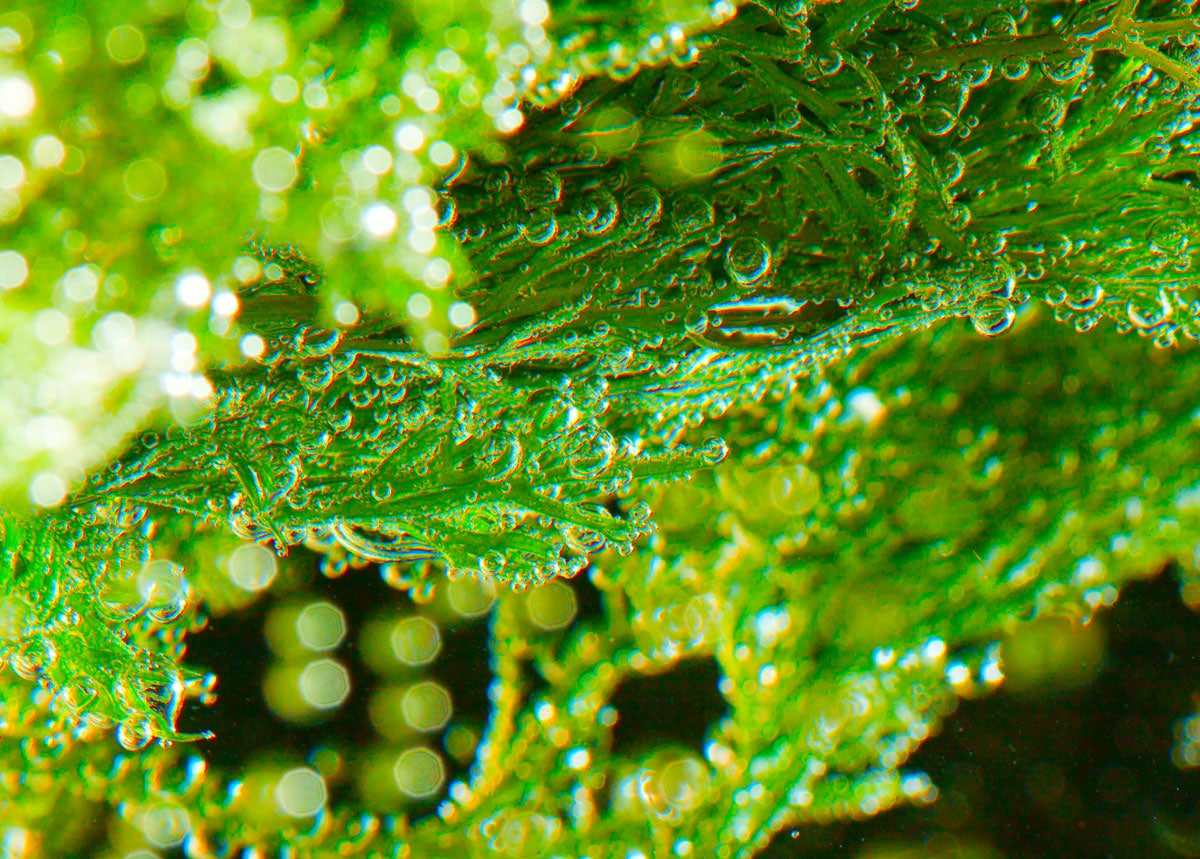The primary focus of this blog is to provide information on a specific type of brown algae called “Fuscus spp.” Hence, the article will review various studies that have been conducted on the nutritional and phytochemical composition of these algae. The primary aim is to inform readers about the research that primarily focuses on the claimed beneficial effects of this substance. This study, ‘Phytochemical Constituents and Biological Activities of Fucus spp’ by Marcelo D et al., Catarino includes related studies on the nutritional and phytochemical composition of Fucus spp. In addition, the discussion also includes the utilization of its constituents. For instance, the moisture content of fresh Fucus is found to be approximately 88% of its biomass.
However, it is important to note that this value is comparatively lower than that of other species like Laminaria japonica, which has a moisture content reaching up to 94%. Like other seaweeds, Fucus contains several nutritional elements that are important for the physiology of the human body. The concentration levels of these elements are subject to variation based on factors such as seasonality, environmental conditions, geographic origin, and numerous other factors, which collectively contribute to the complexity of generalizing algal composition.
When it comes to carbohydrates and dietary fiber, it is important to note that they are similar to other macroalgae. In the genus Fucus specifically, carbohydrates are the most abundant elements, and they play various roles including storage, mucilage, and structural functions. Fucus has a high content of carbohydrates, but most carbohydrates are made up of dietary fiber so its polysaccharides cannot be digested or absorbed in the human gastrointestinal tract. The inclusion of Fucus seeds in one’s diet may have a noteworthy effect on the promotion of gastrointestinal health in humans. This could be achieved by regulating intestinal flow, promoting the growth of beneficial microflora, and providing protection against colon cancer. An excellent source of fiber. These fibers can lower the risk of obesity, diabetes, and related health issues by regulating blood sugar and cholesterol.
Fucus is a highly nutritious, low-calorie, highly valuable food source because of its low lipid content and low bioavailable polysaccharides, is very rich in dietary fiber. Fucus contains three distinct polysaccharides, namely fucoidan, alginic acid, and laminaran, which serve as its primary dietary fiber components. It is important to note that the levels of these components can vary significantly within and between species.
Dietary alginate has been recognized to have many potentially beneficial physiological effects in the gastrointestinal tract, contributing to the regulation of intestinal flow while stimulating the growth of favorable microflora. Moreover, the results of several clinical studies have demonstrated interesting antihyperglycemic and antihypercholesterolemic effects in patients who were given alginate preparations. These findings suggest a potential correlation between the intake of alginate or alginate-rich foods and the presence of obesity and type 2 diabetes. It suggests potential for the prevention and/or management of diabetes, cardiovascular disease, and alginate.
Dietary fucoidan has been reported to have various physiological activities such as anti-inflammatory properties, anti-diabetic properties, anticoagulant activity, antitumor activity, and antiviral activity.
In addition, the mineral content of Fucus is very high in nutritional value, exceeding that of common terrestrial vegetables. Algae in this genus generally contain high amounts of Na and K, albeit in low proportions, which may help regulate the Na/K imbalance in Western countries. The algae, which are deficient in nearly half of the European population, have the ability to accumulate high concentrations of iodine, a crucial element for thyroid function. Although these macroalgae are not rich in protein when compared to red and green seaweeds, they do have higher protein levels than some terrestrial plants, which are commonly considered sources of vegetable protein, and contain the nine essential amino acids. They are also especially rich in glutamic acid glutamic acid, and aspartic acid. Similarly, despite its low lipid content, Fucus species are highly enriched in PUFAs (polyunsaturated fats) with a very low lipid profile. And unlike what is currently observed in Western diets, indicates the ω6/ω3 (imega4/omega3) ratio.
Fucus algae is also a valuable source of bioactive compounds that may be investigated for the development of natural medicines with therapeutic applications. Among them, we can focus on fucoidans and phlorotannins, but others are equally important, such as vitamins and fucoxanthins. These compounds are likely for their many therapeutic properties. Their common features are superior antioxidant effects by scavenging ROS or enhancing intracellular antioxidant defenses and superior anti-carcinogenic effects by activating apoptosis of cancer cells and inhibiting metastasis and angiogenesis. Several other important biological activities have also been demonstrated, such as excellent anti-inflammatory effects through protein inhibition, anti-obesity, anti-diabetic, anti-bacterial or anti-photoaging effects, and in the case of fucoidan, anti-coagulant/anti-thrombotic effects. The presence of such powerful and adaptable bioactive compounds also presents significant opportunities for their use as sustainable raw materials in extracting natural active ingredients for the creation of innovative value-added products. It has already proven particularly useful for improving food quality and shelf life, and for developing new functional foods. This particular genus possesses numerous potential applications, specifically in the domains of nutraceutical, cosmetic, and pharmaceutical development. The anticipated effect of these contributions is an enhanced awareness and increased commercial interest in the numerous applications of products derived from fucus fucoidan.
Source: Mar Drugs 2018 Jul 27;16(8):249. Doi: 10.3390/md16080249.
